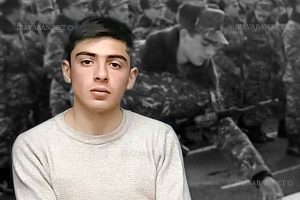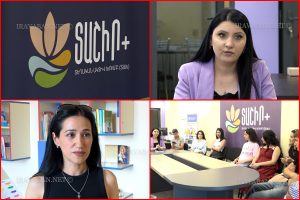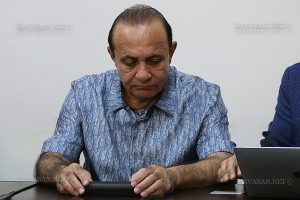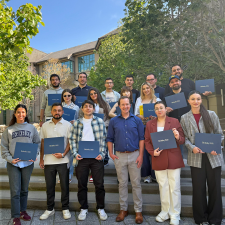“We have 15 children and 6 grandchildren, with two more on the way,” says the father of Armenia’s largest family, living in Aygavan village in Ararat province. Martik Melkonyan joyfully talks about his children, their upbringing, and the warm and interesting daily life of the family.
“It hasn’t been easy. We’ve gone through many difficulties, but we’ve never been discouraged, never disappointed, never complained, because we understood what a great thing we’re doing,” he notes, emphasizing the importance of having many children for the development and protection of our country.
“Today we’re surrounded by enemies. How can we win if we have a demographic problem and consider large families as poor and welfare-dependent?” says Martik Melkonyan.
Many are surprised to learn that the Melkonyan family has 15 children, 8 of whom attend school, while some have already managed to marry and start their own families.
Similar yet different in many personality traits, the children each know their daily responsibilities and how to help their parents as soon as the day begins, notes their mother, Mrs. Anzhela: “They strive to end everything they do peacefully.”
Over the years, the family has been awarded various orders and medals, and has participated in support programs organized by the community municipality and the Government.
More details in our prepared video.
Iravaban.net has inquired with the Ministry of Labor and Social Affairs to find out how many large families there are in Armenia, and how many of these families are disadvantaged.
In addition, we tried to clarify how many families have 4, 5, 6, 7, 8, 9, 10 or more children, and what benefits they receive.
In response to our inquiry, the Ministry of Labor and Social Affairs of Armenia informed us that the ministry does not keep general statistics on these issues.
At the same time, they provided the number of large families registered in the family poverty assessment system of the ministry’s Unified Social Service.
We present to you the number of families with 4, 5, 6, 7, 8, 9, 10 and more children registered in the family poverty assessment system.














